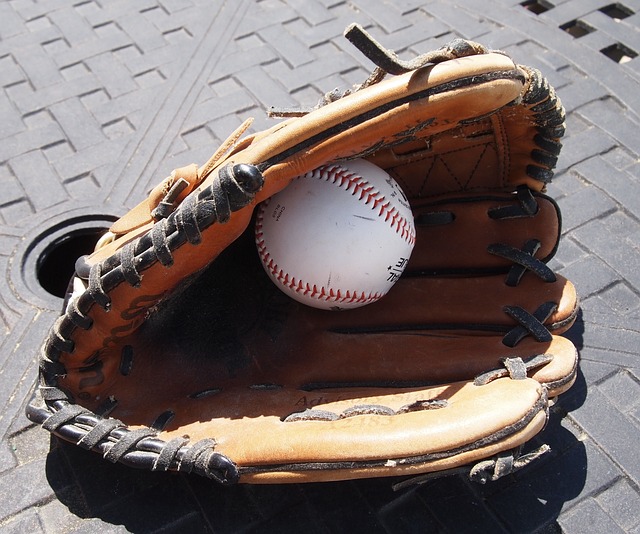
Baseball, a game of strategy, skill, and teamwork, is a beloved sport that captivates fans worldwide. To fully appreciate the intricacies of this sport, it is crucial to understand the essential roles that shape the game.
From the powerful pitcher delivering precise pitches to the agile fielder executing double plays, each role contributes to the dynamic nature of baseball.
In this article, we delve into the ten essential roles in baseball, shedding light on the players who make the game truly remarkable.
Pitcher
The pitcher is a crucial position in baseball, responsible for delivering the ball to the batter with precision and strategic intent. The pitcher's role goes beyond just throwing the ball. They are the ones who set the tone of the game, determining the rhythm and pace of play.
Pitchers must possess a mix of physical and mental skills to excel in their position. They need to have a strong arm, good control, and the ability to deceive the batter with a variety of pitches. Pitching techniques vary from pitcher to pitcher, with some relying on power and velocity, while others focus on finesse and movement.
The best pitchers understand the importance of studying their opponents, analyzing their weaknesses, and adjusting their strategies accordingly. They must also be able to handle pressure and make split-second decisions.
The pitcher's role is essential in influencing the outcome of the game, making it a position of great importance and responsibility.
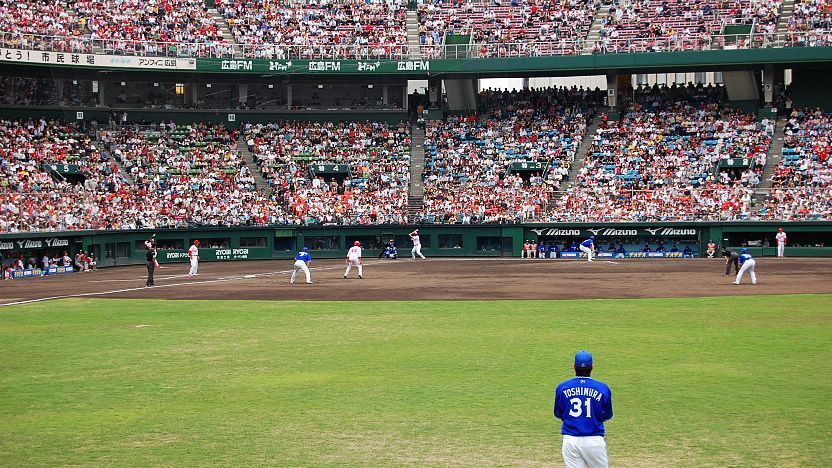
Batter
The batter's role in baseball is crucial to the success of the team. Hitting strategies and techniques play a significant role in determining the outcome of a game. By analyzing the strengths and weaknesses of opposing pitchers and adjusting their approach accordingly, batters can maximize their chances of getting on base and scoring runs.
Additionally, the batting order has a substantial impact on the flow of the game. It determines the sequence in which batters come to the plate and influences the team's ability to create scoring opportunities.
Hitting Strategies and Techniques
Batters in baseball employ various hitting strategies and techniques to maximize their chances of success at the plate. Two key components of a batter's approach are their batting stance and hitting mechanics.
The batting stance refers to the position a batter takes in the batter's box before the pitch is thrown. It is important for a batter to find a stance that allows them to be comfortable and balanced, while also providing a solid foundation for generating power and quick bat speed.
Hitting mechanics, on the other hand, involve the sequence of movements a batter makes during their swing. This includes the proper weight transfer, hip rotation, hand placement, and the ability to make contact with the ball in the most efficient way possible.
Impact of Batting Order
When considering the impact of batting order on a baseball team, it is important to analyze the strategic decisions made by the manager in determining the optimal lineup. The batting order can greatly influence a team's offensive performance, as it determines the sequence in which players will come to the plate.
Here are three key factors to consider when evaluating the impact of the batting order:
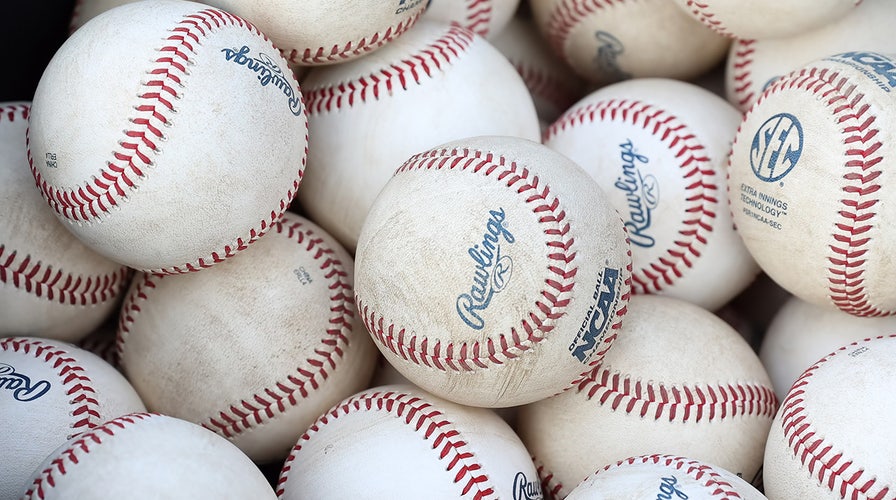
- Batting Average: The batting average of a player indicates their ability to get hits. Placing players with high batting averages at the top of the order can increase the team's chances of scoring early in the game.
- On Base Percentage: On base percentage measures a player's ability to get on base, including walks and hits. Players with high on-base percentages are valuable in the lineup, as they provide opportunities for the following batters to drive in runs.
- Matchup Advantage: The batting order can be adjusted based on the opposing pitcher's strengths and weaknesses. Placing batters with favorable matchups in advantageous positions can help exploit the pitcher's vulnerabilities.
Home Run
Home runs in baseball are not only a display of raw power, but they also require strategic thinking from power hitters. These players must carefully analyze the pitcher's tendencies, pitch selection, and the game situation to maximize their chances of hitting the ball out of the park.
When a home run is achieved, it can have a significant impact on the game's momentum, energizing the hitting team and deflating the opposing team.
Power Hitter Strategies
Power hitters in baseball employ strategic techniques to maximize their ability to hit home runs. These players undergo specialized power hitter training to develop their strength, bat speed, and overall hitting mechanics.
To achieve success as a power hitter, several key techniques are utilized:
- Swing Mechanics: Power hitters focus on generating maximum power by utilizing a combination of hip rotation, weight transfer, and proper bat path.
- Strength Training: Building strength through weightlifting and conditioning exercises helps power hitters generate more power in their swings.
- Pitch Selection: Power hitters strategically choose pitches that are in their wheelhouse, allowing them to make solid contact and drive the ball with power.
By combining these power hitting techniques, power hitters increase their chances of hitting home runs and contributing significantly to their team's offensive success.
Their ability to hit deep, game-changing home runs provides an exciting element to the game and keeps fans engaged throughout.
Impact on Game Momentum
To understand the impact of a home run on game momentum, it is important to recognize the pivotal role it plays in shifting the dynamics of a baseball game. Home runs have long been regarded as game-changing plays, capable of instantly altering the course of a match.
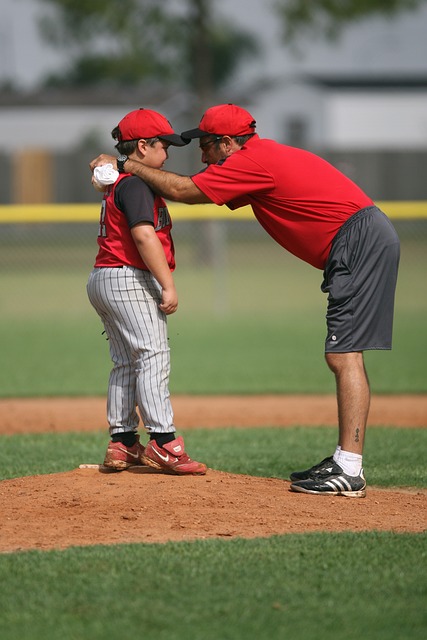
When a batter connects with the ball and sends it sailing over the outfield fence, it not only adds a run to the scoreboard but also injects a surge of energy and confidence into the team that hit it. This sudden turn of events can demoralize the opposing team and force them to reevaluate their defensive strategies.
The pressure to prevent another home run can lead to adjustments in positioning and pitch selection, potentially creating openings for the offensive team to exploit. Thus, the impact of a home run on game momentum extends far beyond the immediate scoring of a run, influencing defensive strategies and overall team dynamics.
Strike
One key aspect of baseball is the importance of a well-executed strike. A strike occurs when a pitcher throws a pitch that passes through the strike zone and is not swung at by the batter. It is a fundamental skill that pitchers must master to be successful in the game.
The strike zone is a defined area between the batter's knees and the midpoint of their torso, and pitchers must have precise control over their pitches to consistently throw strikes. Pitchers employ various techniques to achieve this, such as focusing on their release point, arm angle, and pitch selection.
The ability to consistently throw strikes puts the pitcher in a favorable position, as it allows them to control the count, put pressure on the batter, and potentially induce a swing and miss or a ground ball out.
Ball
The act of a pitcher throwing a pitch outside the strike zone is known as a ball.
In baseball, ball control is a crucial skill for pitchers to master. By carefully placing pitches within the strike zone, pitchers can disrupt hitters' timing and force them into making weak contact or swinging and missing.
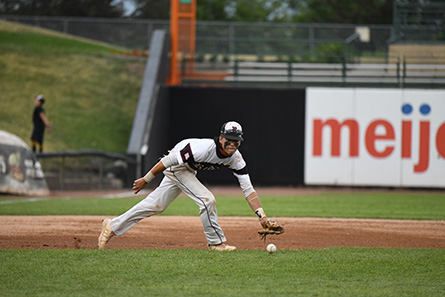
However, occasionally pitchers intentionally throw pitches outside the strike zone to deceive batters and induce them to chase bad pitches. This strategic use of balls plays a key role in defensive strategies, as it can lead to strikeouts or weakly hit balls that are easier for fielders to handle.
Additionally, pitchers with good ball control are less likely to issue walks, which can prevent opposing teams from gaining free baserunners and potentially scoring runs.
Inning
When a baseball game begins, an inning is the designated unit of play that consists of each team having a turn to both bat and field. Inning strategies and defensive plays play a crucial role in determining the outcome of a game.
Here are some key points to consider:
- Pitching Strategy
- Choosing the right pitches based on the situation.
- Adjusting pitch selection based on the batter's strengths and weaknesses.
- Utilizing different pitches to keep the opposing hitters off balance.
- Defensive Plays
- Positioning fielders strategically based on the batter's tendencies.
- Executing double plays to turn potential scoring opportunities into outs.
- Making accurate throws and precise catches to prevent baserunners from advancing.
- Managing Pitch Counts
- Monitoring the pitch count to ensure pitchers can go deep into the game.
- Making timely pitching changes to exploit matchups and keep opposing hitters guessing.
Catch
Moving from the previous subtopic of inning, the essential role of the catch in baseball cannot be underestimated. Catchers play a crucial defensive position, responsible for receiving pitches from the pitcher and making plays to prevent opposing players from advancing.
Effective catcher techniques are vital for success in the game. Catchers must possess excellent reflexes, agility, and a strong arm to throw out baserunners attempting to steal. In addition, they must be skilled at framing pitches, presenting them in a way that appears as strikes to deceive the umpire.
Catchers also play a key role in defensive strategies, such as calling pitches and coordinating defensive alignments to exploit opponents' weaknesses. Their ability to analyze the game and communicate with the pitcher and other fielders is paramount. The catchers are the field generals, directing the flow of the game and contributing to their team's success.

Fielder
Continuing the exploration of essential roles in baseball, we now delve into the crucial role of the fielder. Fielders play a vital role in the defensive aspect of the game, as they are responsible for preventing the opposing team from scoring runs. Here are three key strategies and defensive techniques used by fielders:
- Positioning: Fielders strategically position themselves based on the hitter's tendencies, pitch location, and game situation. They aim to cover the areas where the ball is most likely to be hit.
- Communication: Fielders must communicate with each other to ensure they are in the right position to make a play. This includes calling for fly balls, communicating cutoffs, and coordinating double plays.
- Glove work: Fielders need exceptional glove skills to catch ground balls, line drives, and pop-ups. They practice proper footwork, positioning, and hand-eye coordination to make clean, efficient plays.
Umpire
To further examine the essential roles in baseball, let us now turn our attention to the integral role of the umpire. Umpires play a critical role in ensuring fair play and making important decisions that can greatly impact the outcome of a game.
Their primary responsibility is to enforce the rules and regulations of the game, ensuring that all players adhere to them. This includes making judgment calls on balls and strikes, fair or foul balls, and safe or out calls. The umpire's decision can sometimes be met with disagreement or controversy, but it is important to remember that their role is to maintain fairness and uphold the integrity of the game.
Without umpires, baseball would lack the necessary checks and balances, and the game would lose its sense of fair competition.
Frequently Asked Questions
How Does a Pitcher Prepare for a Game Both Physically and Mentally?
A pitcher's pre-game routine involves physical preparation such as stretching and warming up, as well as mental preparation through visualization and focusing on strategy. This combination helps them to be in optimal condition for the game.
What Are the Different Types of Pitches That a Pitcher Can Throw?
Different grips for different pitches are essential for a pitcher to master. The ability to control pitch location is crucial to deceive batters and achieve desired outcomes. Understanding pitch types and their effectiveness enhances a pitcher's arsenal.
How Does a Batter Strategize to Hit a Ball Thrown by the Pitcher?
When strategizing to hit a ball thrown by the pitcher, the batter must consider their stance and the pitcher's strategy. This entails analyzing the pitcher's pitch selection, speed, and location to anticipate and adjust their swing accordingly.

Can a Home Run Be Hit During Any Inning of a Baseball Game?
Yes, a home run can be hit during any inning of a baseball game. However, the impact of weather conditions, such as wind or rain, can affect the distance and trajectory of the ball. Strategies for stealing bases in baseball involve quickness, timing, and reading the pitcher's movements.
What Are Some Common Responsibilities of an Umpire During a Baseball Game?
During a baseball game, umpires have a range of responsibilities, including enforcing the rules, making calls on plays, and ensuring fair play. They also use a variety of signals to communicate their decisions to players, coaches, and spectators.






